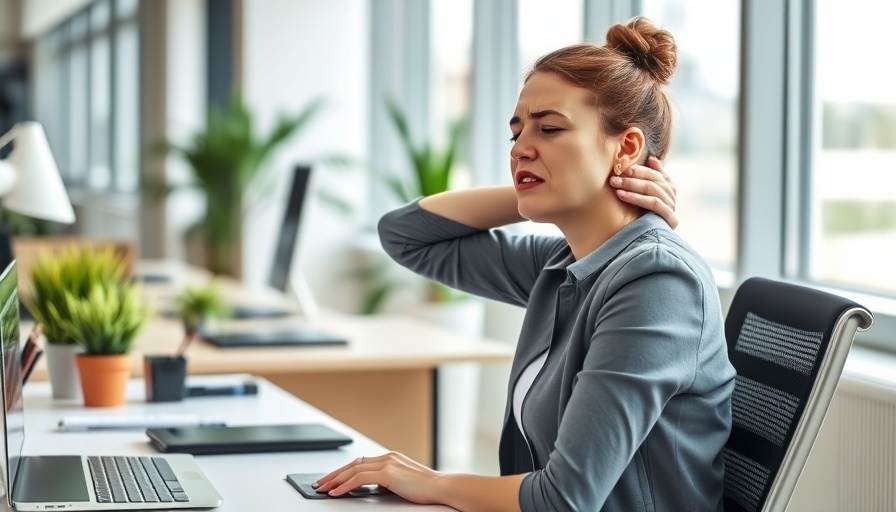
Understanding the Connection Between Lumbar Support and Neck Pain
Ever found yourself wondering how a sore lower back could unexpectedly lead to a shooting pain in the back of your head? It may seem unrelated, but upon closer examination, the body’s interconnectedness is remarkable—especially in regard to posture. For many women aged 35 to 55, especially those leading sedentary lifestyles, the impact of poor lumbar support can be profound. Hours spent sitting at desks, in cars, or on couches can initiate a cascade of discomfort that extends far beyond the lower back. Poor lumbar support can trigger neck strain, tension headaches, and even sharp pain radiating from the base of the skull.
The Chain Reaction of Poor Lumbar Support
The concept that a single aspect of posture can lead to multiple physical ailments is often overlooked. When lumbar support is compromised, it alters the natural alignment of the spine. This misalignment can influence the neck's position, leading to strain and discomfort. As the neck struggles to compensate for the altered spine position, muscles become tense, and inflammation can increase—a perfect storm for headaches.
Research shows that many adults experience work-related neck and back pain, often due to prolonged periods of inactivity. A study from the American Chiropractic Association highlights that about 80% of Americans will experience back pain at some point in their lives, with many of these instances stemming from subpar posture associated with inadequate lumbar support. The underlying message is clear: addressing lumbar support is essential not only for alleviating lower back pain but also for preventing discomfort in the neck and head.
Seeking Relief through Proper Support
So, how can we prevent these interrelated pains? Integrated solutions often begin with proper lumbar support. Utilizing ergonomic chairs designed for optimal spinal alignment can significantly reduce strain on the lower back. Incorporating lumbar rolls or cushion inserts to existing seats can provide the necessary support to maintain a neutral spine position.
Additionally, regular breaks during prolonged sitting can help mitigate tension. Standing, stretching, or even engaging in simple movements can alleviate pressure on both the back and neck, allowing muscles to reset and recover. One highly recommended approach is the 30-30 rule: after 30 minutes of sitting, take a 30-second break to stretch or walk.
Case Studies: Real People, Real Results
Take Jessica, a full-time graphic designer from Los Angeles. After months of dealing with debilitating neck pain, she sought help from a chiropractor who emphasized the importance of lumbar support. With a made-to-fit ergonomic office chair and a few adjustments in her sitting habits, Jessica not only reduced her back pain but also found lasting relief from her persistent headaches.
Similar narratives abound, showcasing how prioritizing lumbar support alters lives positively. Perhaps it is time to re-evaluate our working environments and make necessary adjustments that can lead to overall wellness.
Beyond Posture: Lifestyle Changes that Empower
Incorporating yoga and strength training into weekly routines can also enhance posture and spinal health. Programs focused on core strengthening help to build stability, directly influencing lumbar and neck support. Exploring lifestyle choices, such as adaptive seating options and monitoring sitting durations, can enhance not just spinal health but overall well-being.
Final Thoughts: The Path to Holistic Health
Understanding the profound link between lumbar support and neck pain is crucial for women navigating sedentary lifestyles. As these interconnected aspects are addressed, individuals can explore a healthier, more vibrant existence. From investing in ergonomics to adjusting daily habits, there is an avenue toward relief.
Considering the impact of change, it's not merely about treating discomfort—it's about fostering an environment conducive to health. Take the necessary steps to evaluate your posture today, and empower yourself toward a life free from pain.
For anyone grappling with similar issues, take action: Evaluate your workspace and consider ergonomic furniture for robust lumbar support. The journey to a pain-free existence may begin with a simple chair!
 Add Row
Add Row  Add
Add 




Write A Comment